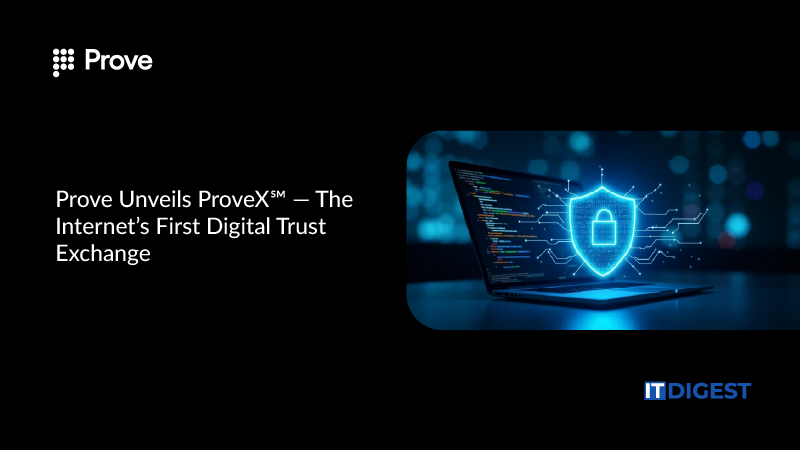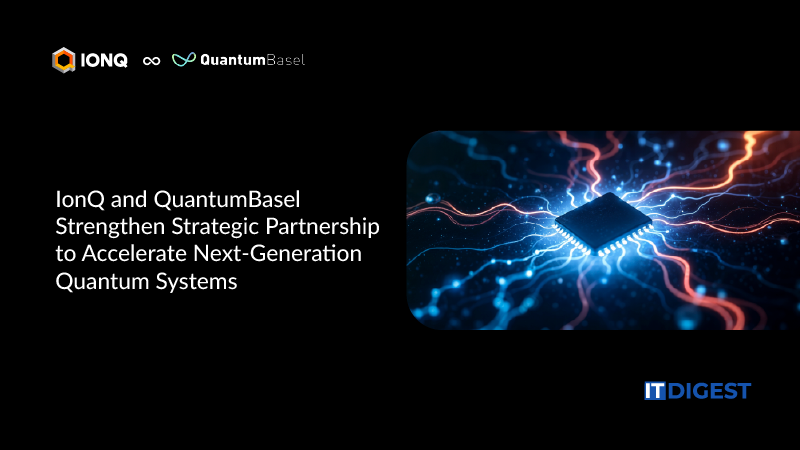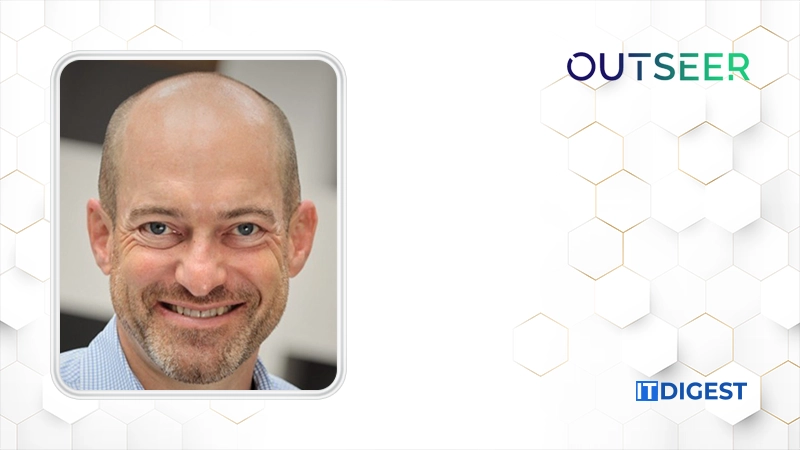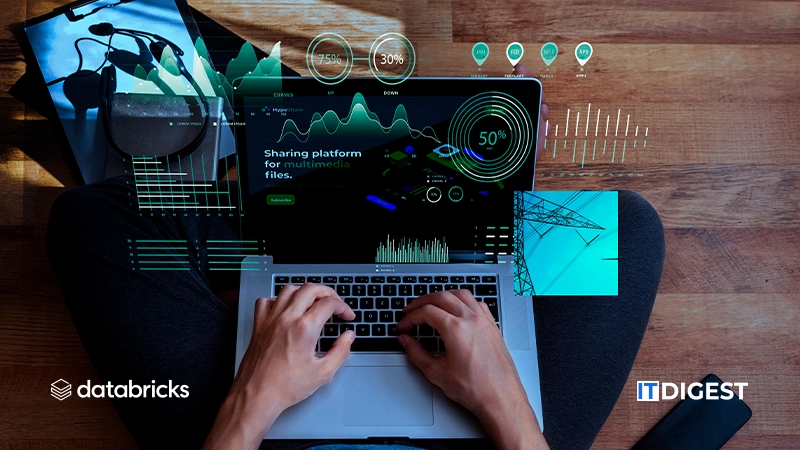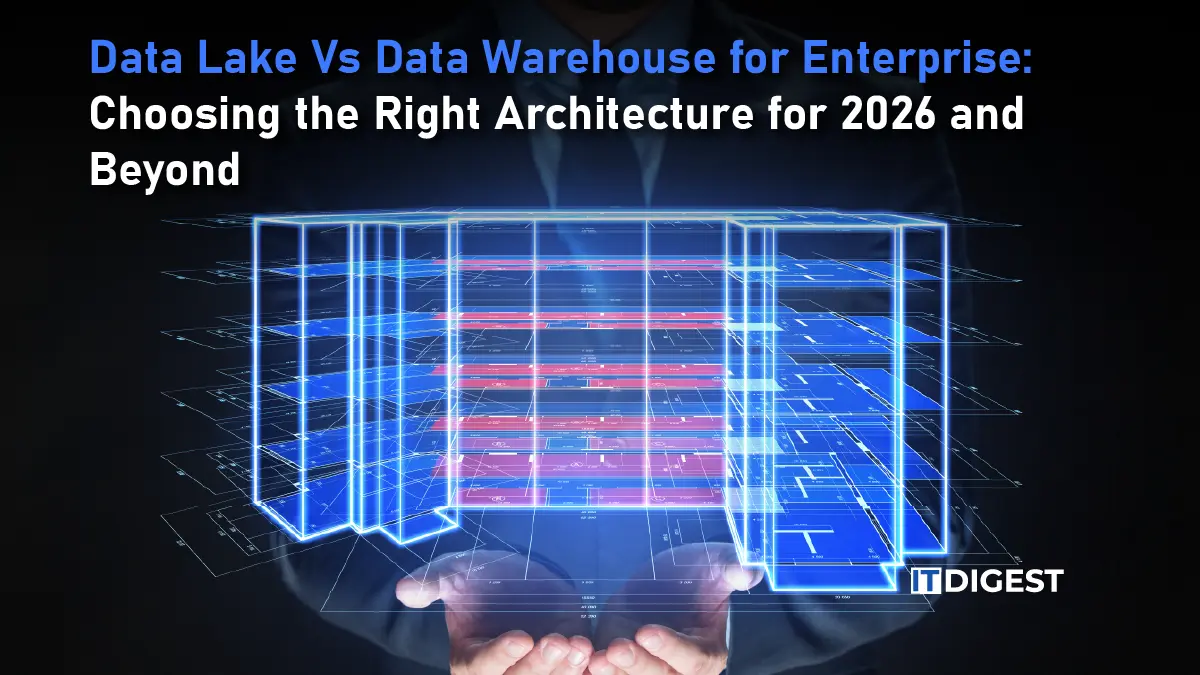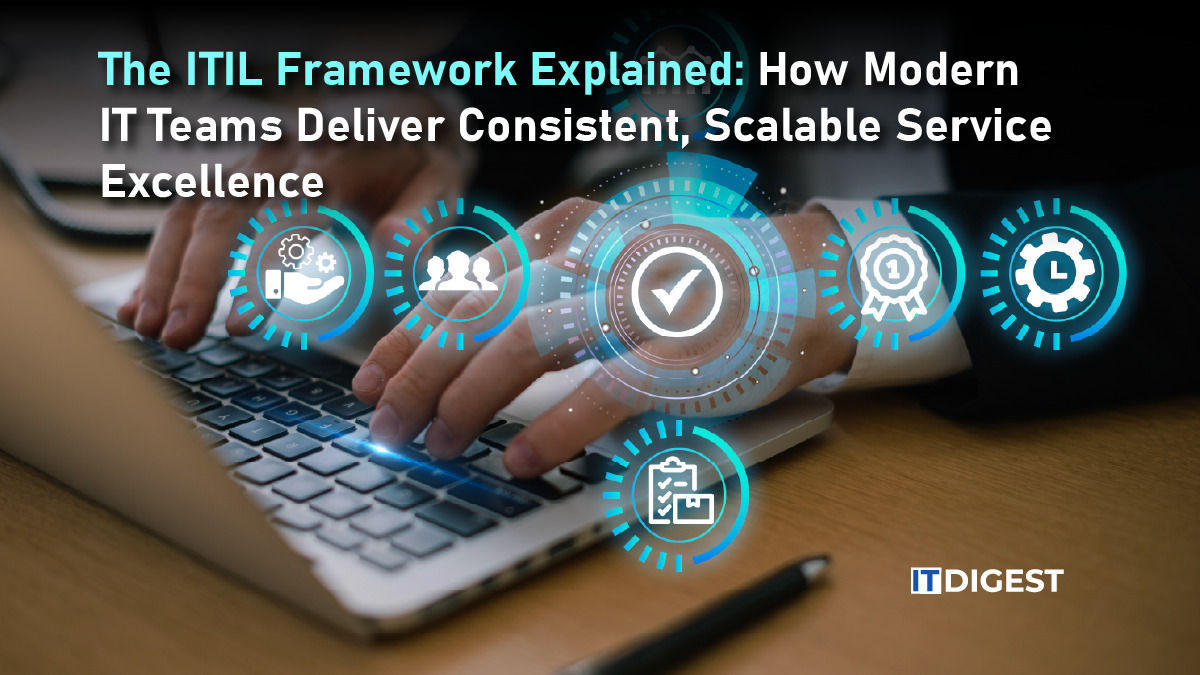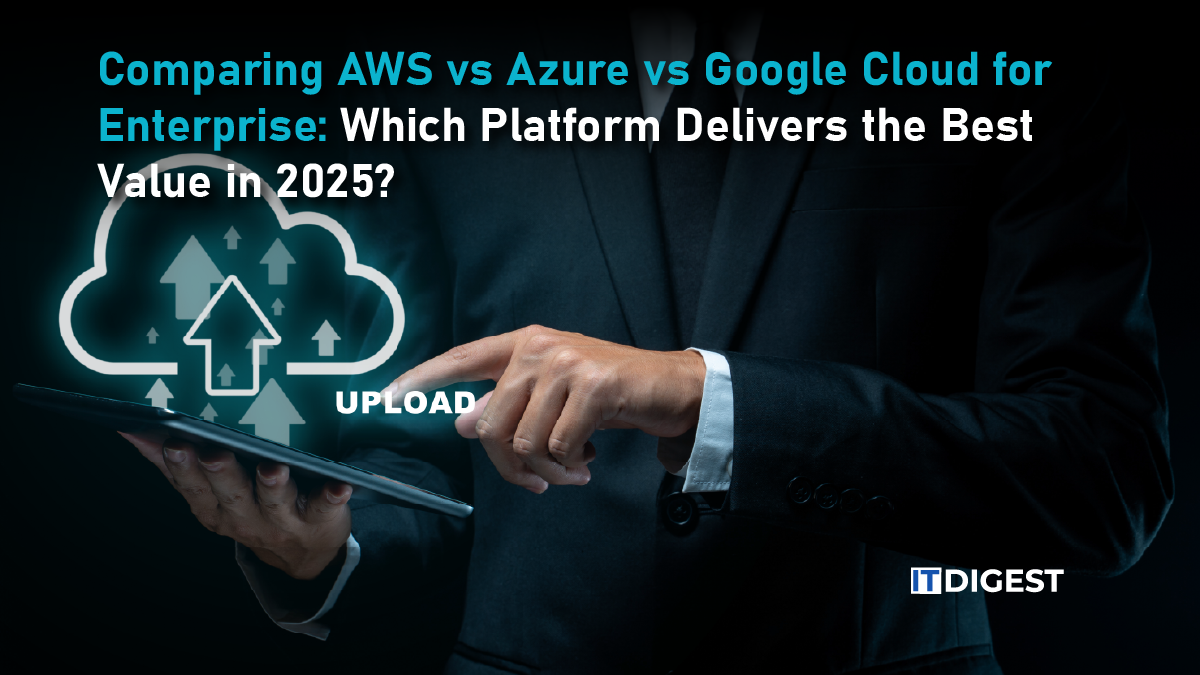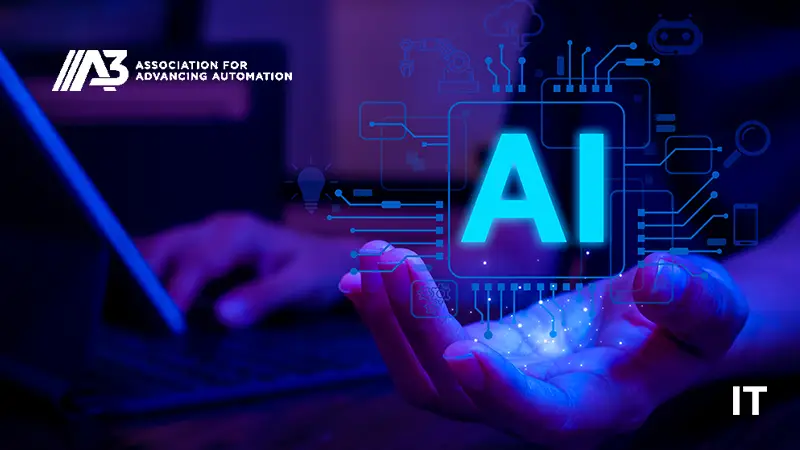Amazon Web Services (AWS) launched Kiro, an AI chat assistant. They also support MCP servers. This is part of the open-source MCP initiative. It aims to help SQL Server pros make database management easier.
The new capabilities allow users to operate SQL Server workloads using natural-language commands. DBAs can skip manual SQL tasks. Instead, they can ask Kiro to help. Kiro generates or optimizes queries, analyzes schemas, and produces documentation or diagrams. It also suggests performance optimizations and more.
MCP plays a central role in enabling this transformation. MCP is the standard way large language models (LLMs) connect to outside data sources and tools. It lets Kiro “reason” over real databases by using lightweight MCP servers. These servers show database schemas, allow query execution, and provide metrics and logs to the AI.
Why This Matters – The Rise of Agentic AI for Databases
DBAs and data engineers have typically used manual scripting and scheduled jobs to manage relational databases. This process needs deep expertise and is often prone to human error, especially in complex enterprise settings. With the integration of Kiro + MCP, AWS is offering a paradigm shift: an agentic AI assistant capable of autonomously carrying out common tasks, while still leaving strategic control to humans.
The shift toward agentic AI means not just automation of repetitive tasks, but also contextual awareness. MCP servers offer real-time access to database metadata, execution plans, logs, and more. This allows AI agents to make smart decisions. For example, they can suggest index rebuilds, detect deadlocks, or propose schema improvements and resource optimizations. This goes beyond just running standard commands.
For organizations, this means higher productivity and quicker database operations. It also leads to fewer human errors and allows for easier scaling of database management with fewer staff.
Implications for the Big Data Industry
Though the announcement is squarely targeted at SQL Server professionals, the ripple effects for the broader big data / data-engineering landscape are likely to be substantial. Here’s how:
-
Bridging traditional RDBMS and modern data-warehouse/AI workflows: With the advent of AI-enabled database tooling for SQL Server, enterprises still running relational databases can adopt AI-driven workflows — narrowing the gap between “traditional database” workloads and modern data-warehouse, analytics, or AI pipelines.
-
Faster, safer data operations at scale: As big data systems grow, maintenance becomes more complex. Tools like Kiro + MCP could help data engineering teams manage large, relational data warehouses more safely and efficiently. For instance, routine tasks like schema documentation, index maintenance, query optimisation, or compliance audits can be delegated to the AI assistant freeing human engineers to focus on higher-value tasks.
-
Democratization of database expertise: Not every organization has a team of seasoned DBAs. With natural-language driven database management, smaller firms or teams with limited in-house database expertise could still manage their data infrastructure reliably. This could lower the barrier to entry for companies wanting to leverage relational databases at scale.
-
Convergence with analytics and data-warehouse tools: AWS’s earlier MCP release for Amazon Redshift showed us that conversational data exploration isn’t tied to one database engine. MCP-powered AI tools can work across various systems. This hints at a future where relational databases, data warehouses, and AI analytics blend together. This will allow for unified, AI-powered data operations throughout the infrastructure.
-
Change in data-ops practices: As AI tools take over routine database tasks, companies may rethink their team structures, job roles, and workflows. Data engineers and DBAs may shift to being “data strategists.” They will focus on architecture, governance, compliance, and big-picture optimizations. This change moves away from daily maintenance tasks.
Also Read: BigID Unveils AI Data Labeling to Enforce Policies, Cut Risk
What It Means for Businesses Using SQL Server & Big Data Systems
Adopting Kiro + MCP can bring real benefits for both mid-sized companies and large corporations:
-
Cost savings: Less time spent on repetitive DBA tasks; fewer errors; less manual labor for database upkeep.
-
Faster time to insights: Generate reports, run analytics, and perform schema changes or optimizations quickly via natural-language prompts.
-
Better data quality and compliance:
-
Automated documentation and schema reviews can help with compliance.
-
Audit logs reduce technical debt.
-
They also improve visibility into data structures and usage.
-
-
Scalability: As data grows, AI automation helps scale database operations. This means we don’t need more human resources at the same rate.
-
Competitive edge: Businesses that blend relational workloads with analytics or AI can move faster. This means better data management and more reliable insights. As a result, they can make quicker, data-driven decisions.
Looking Ahead – Toward a More Intelligent, Unified Data Future
Kiro’s release with MCP tooling for SQL Server isn’t just a new feature. It marks a bigger trend in the industry: the merging of database admin, AI, and big-data analytics. As protocols like MCP grow in popularity and AI assistants improve, the lines between OLTP (operational databases), data warehouses, analytics platforms, and AI systems may start to blur.
For businesses and data teams, this means it’s time to rethink how they manage data workloads. Organizations can build AI-assisted data operations. Instead of managing separate systems like relational databases, data warehouses, and analytics pipelines, they can integrate everything. This way, data flows, maintenance, analytics, and AI insights exist in one unified ecosystem.







